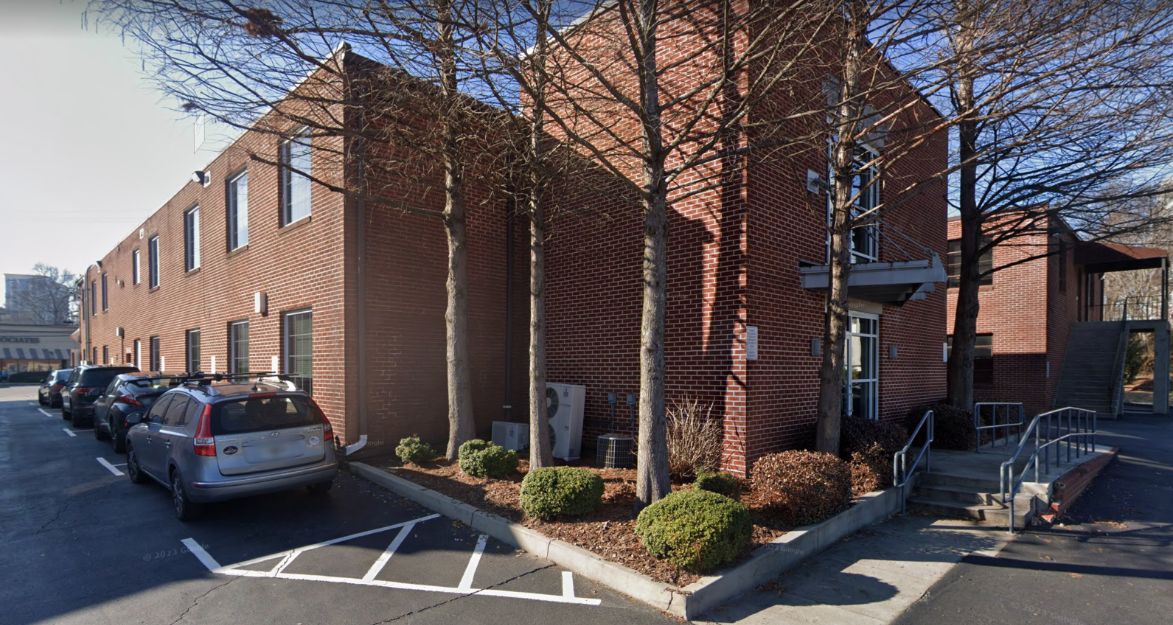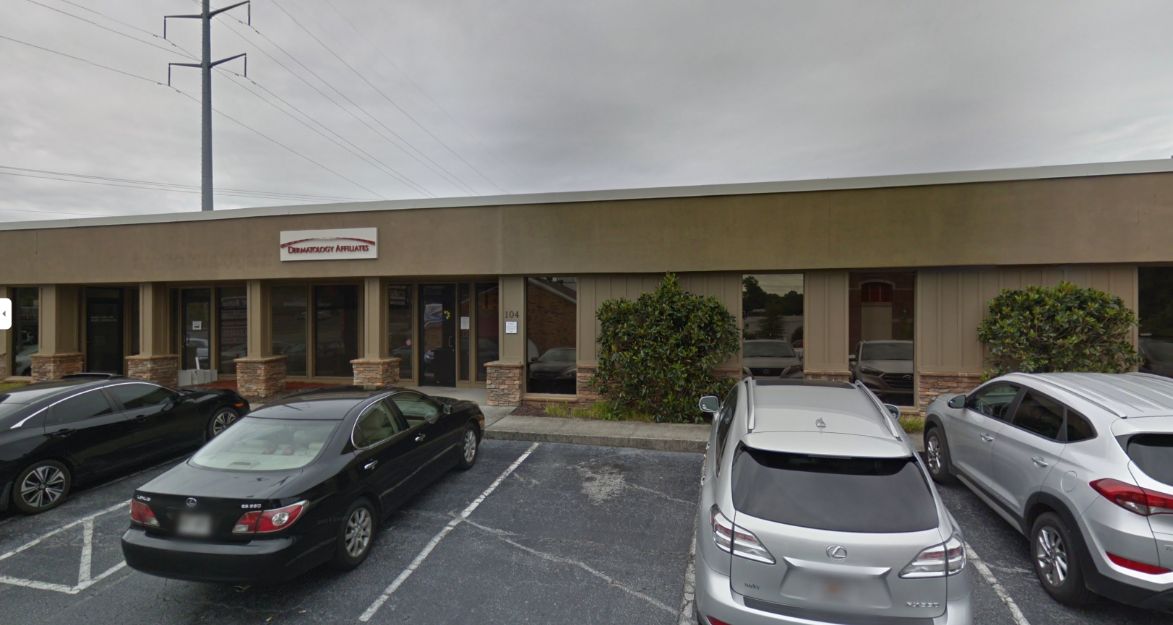Poison Ivy Rash
Explore Expert Care for Poison Ivy Rashes
A poison ivy rash occurs when your skin comes into contact with the urushiol oil found in poison ivy, oak, or sumac plants, leading to an itchy, red rash that may develop bumps or blisters. If you're dealing with a poison ivy rash, our dermatologists are here to help manage your symptoms and provide relief.
Seeing a dermatologist for poison ivy is essential because they can accurately diagnose the rash and offer targeted treatments to ease itching and discomfort.
The experts at Dermatology Affiliates are equipped to guide you on proper skin care to prevent complications like infections or scarring. With their specialized knowledge, you'll receive the right care quickly, helping you feel better faster and reducing the risk of future issues with poison ivy exposure.
Examples of Poison Ivy Rash
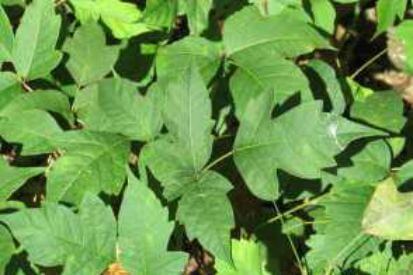
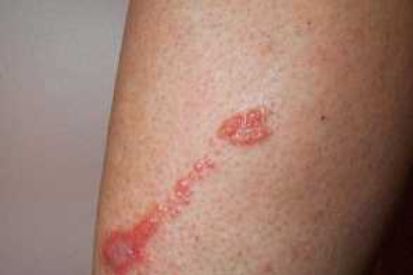
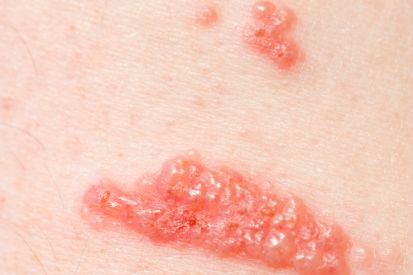
Symptoms of Poison Ivy
- Poison ivy rash symptoms usually appear quickly – about 12 to 48 hours after contact.
- Symptoms may last for two to three weeks and almost always require some form of treatment.
- Typical symptoms of poison ivy rash include redness, itching, swelling, and blisters.
What Causes Poison Ivy?
- The rash of "poison ivy" occurs when the skin comes in contact with the leaves, stems or roots of poison ivy, poison oak or poison sumac.
How to Prevent Poison Ivy Rash
To prevent a poison ivy rash, learn to identify the plant with its distinctive three-leaf pattern. When in areas where poison ivy may be present, wear protective clothing such as long sleeves, pants, closed shoes, and gloves
Poison Ivy Rash FAQs
In most cases, home care is sufficient. However, if the rash is severe, widespread, or causing significant discomfort, it's advisable to consult with a dermatologist. They can provide personalized advice and prescribe medications if needed.
Poison Ivy rash is an allergic reaction to the oil from the poison ivy plant. You likely got it by touching the plant or items that came in contact with the oil. It's common during outdoor activities.
The rash typically lasts 1-3 weeks, and while it can be uncomfortable, it usually goes away on its own. Over-the-counter creams and cool compresses can help soothe itching. If severe, a dermatologist can prescribe stronger medications.
Absolutely! Once the rash clears, you can resume outdoor activities. Take precautions, wear protective clothing, and learn to identify poison ivy to minimize the risk of future exposure.
Poison Ivy Treatments
- Topical Steroids: Prescription or over-the-counter topical corticosteroids can help reduce inflammation, redness, and itching associated with a poison ivy rash.
- Oral Antihistamines: Over-the-counter antihistamines, such as diphenhydramine, can help relieve itching and discomfort.
- Calamine Lotion: Applying calamine lotion to the affected areas can help soothe the skin and reduce itching.
- Prescription Medications: In severe cases, a dermatologist may prescribe stronger medications, such as oral steroids, to manage widespread or persistent symptoms.
Featured Blogs

- Skin Care
- Cosmetic Treatments
Having eczema or sensitivities to fragrance can take most of the fun out of buying soaps, lotions and other skincare products.
Read More
- Injectables or Fillers
- Cosmetic Treatments
I have struggled with a double chin basically all my life. Most of my family has one, even the smallest of us have a little bit of chin fat. Through my years at Dermatology Affiliates, I have tried multiple procedures we offer in the office including both CoolSculpting with the CoolMini attachment and Kybella injectable therapy. I had results with both treatments that have lasted around 3 years since my procedures.
Read More
- Skin Care
- Cosmetic Treatments
Entering their 40s warrants special attention to neck care. Often overlooked until signs of aging have already manifested, it's imperative to begin applying sunscreen to the neck daily.
Read MoreFeatured Products
Check your local office for current stock!
Check your local office for current stock!

